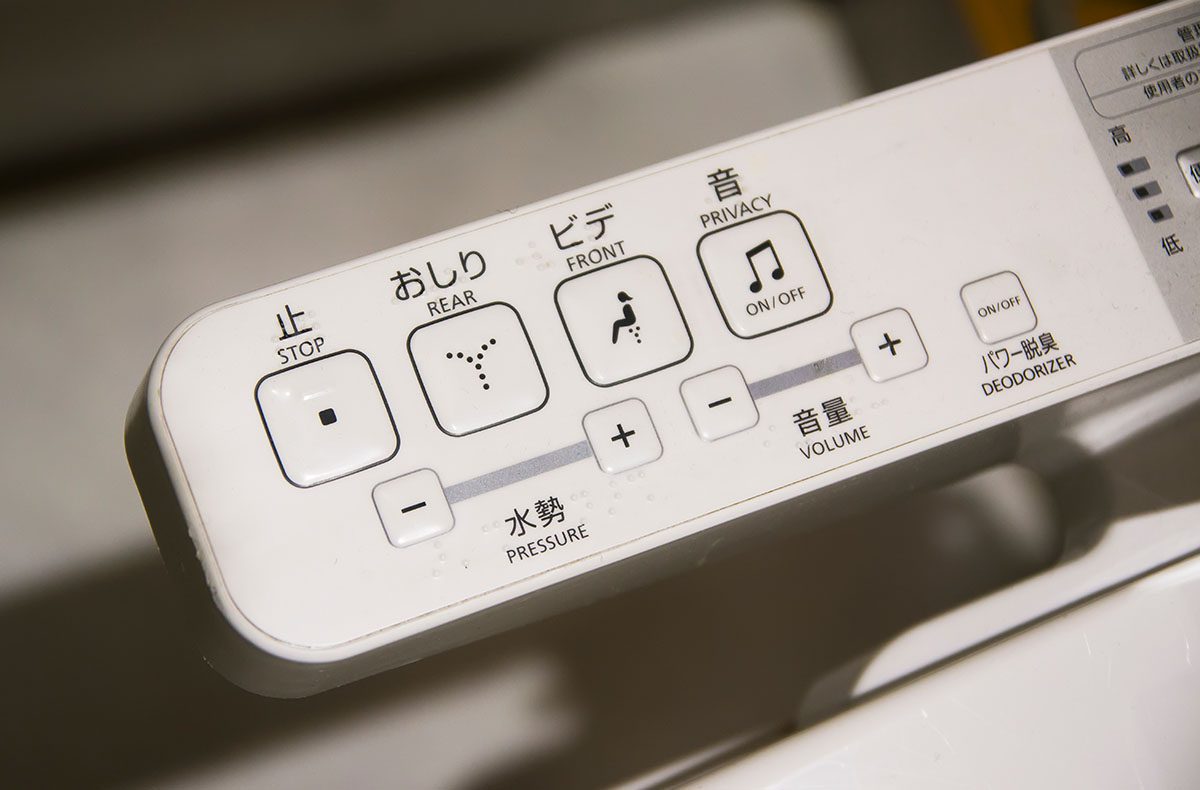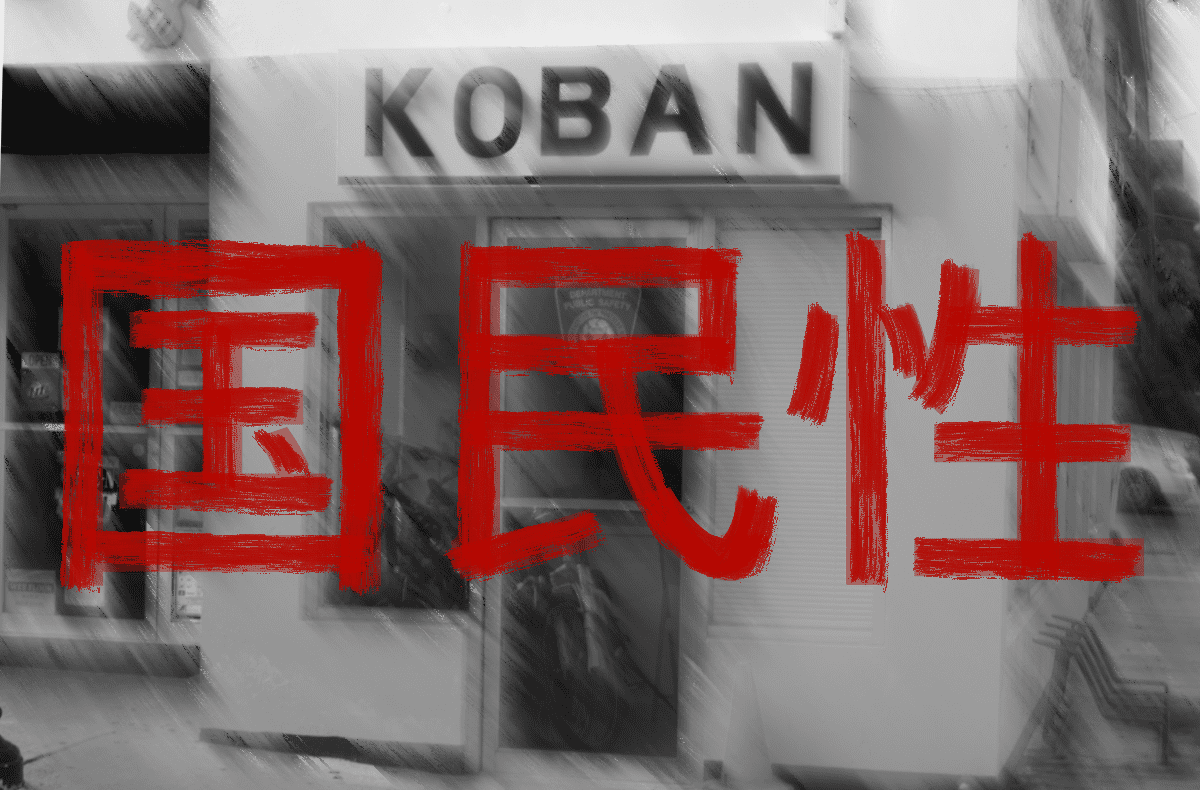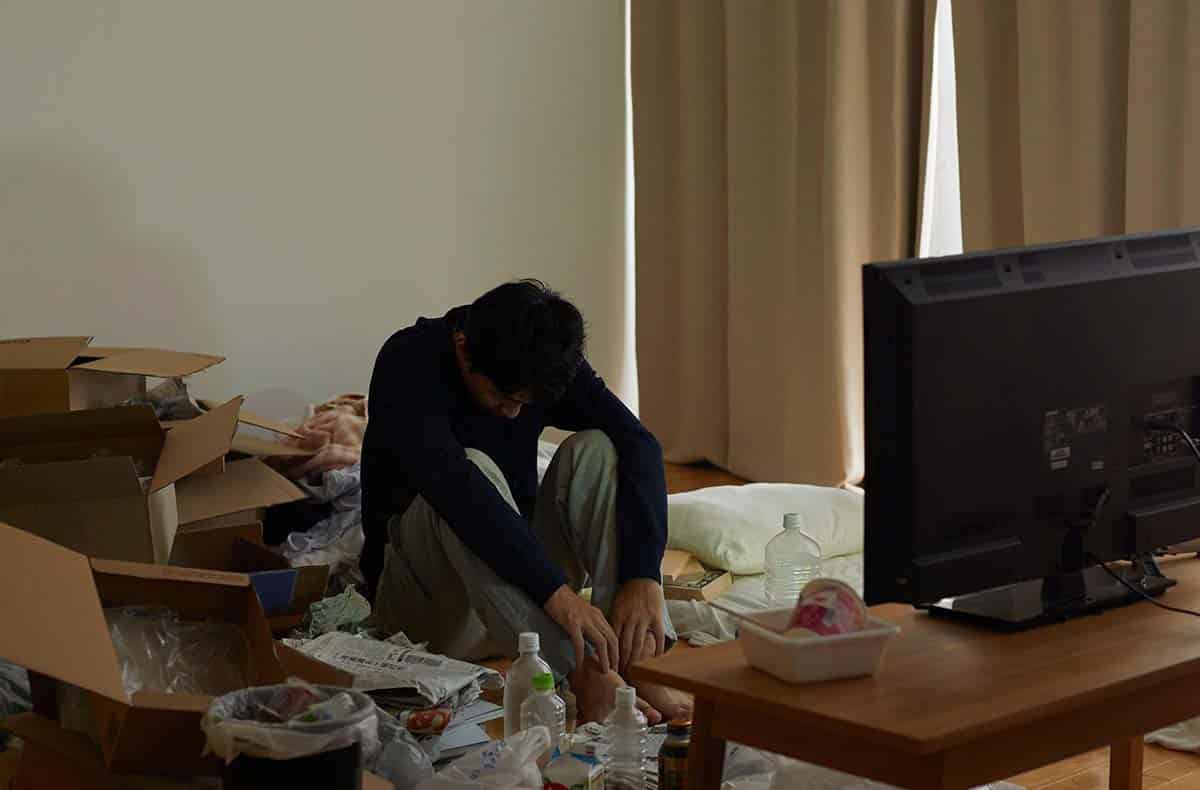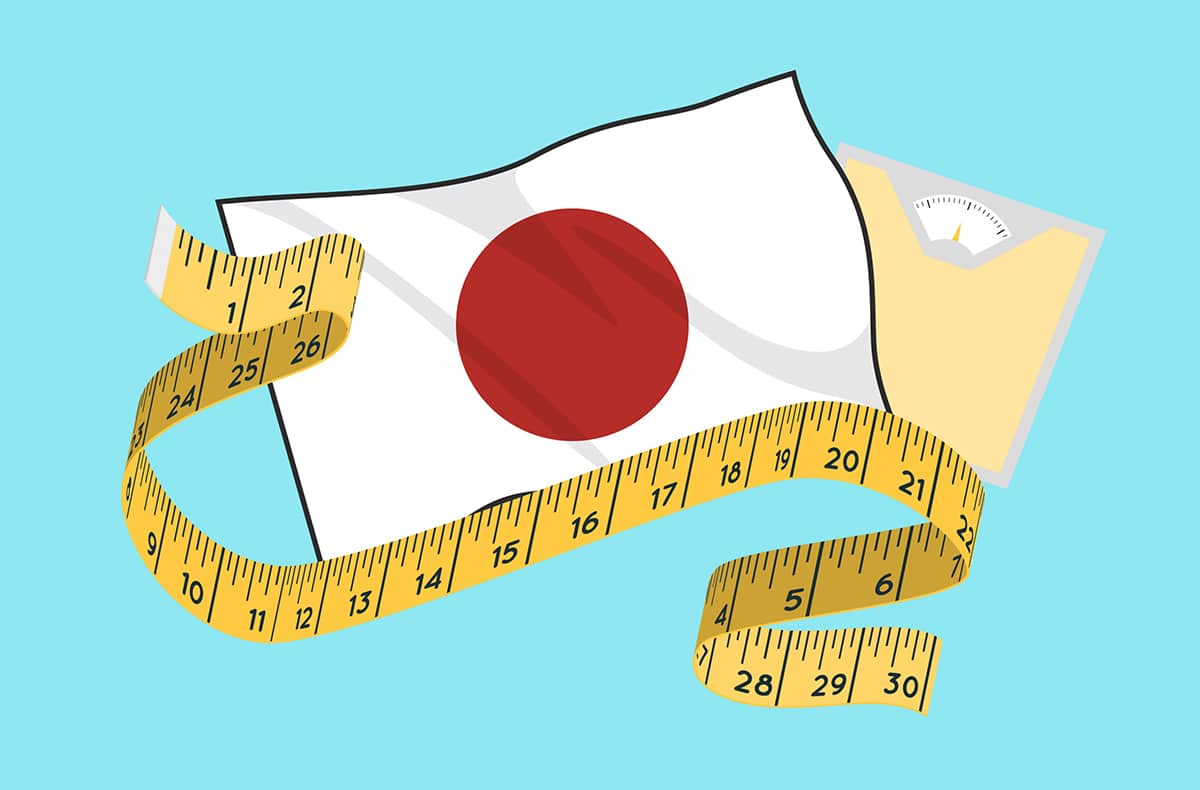
Japan is known for being a land of contrasts and contradictions, where ancient temples stand alongside skyscrapers and ladies in kimonos shuffle around in their wooden geta sandals while clutching the latest iPhone. Robots serve you food in some restaurants, while other restaurants won’t accept credit cards.
For me, however, the most striking contrast I have experienced was the time my workplace upgraded the staff toilets directly from traditional Japanese-style washiki squat toilets to all-singing, all-dancing Washlets. I can now confirm that few things improve staff morale more than a posh loo.
What’s a Washlet?
If you don’t know what a Washlet is, you’re missing out on a treat. The brand name Washlet actually belongs to the multinational toilet manufacturer TOTO, but it has become a generic term in Japan for luxurious high-tech toilets with heated seats, a built-in bidet, bum dryer, and in many cases, strong deodorizers. Some of them even have privacy buttons that play the sound of rushing water to mask any unwanted toilet noises. Others have automatic seats that lift up when a user enters the room.
There are even some that learn a family’s pattern of toilet use in order to get into “ready mode” at times of expected high demand. These appliances are also known as shower toilets and they are now ubiquitous in private homes, hotels, shopping centers and restaurants. Tourists can’t get enough of them. If you come to Japan, never mind the sushi—sample the delights of a Japanese shower toilet. You won’t be disappointed.
Benefits of a Japanese toilet
These high-tech toilets are not just a gimmick; they are hygienic, comfortable, and eco-friendly. Using the bidet function enables households to cut down on the amount of toilet paper they buy and flush away, which is good for the wallet and the environment. Given that it takes around 140 liters of water and almost 700 grams of wood to produce the average roll of toilet paper, the less we flush away, the better.
The toilets are also designed to use the minimum amount of water with the maximum amount of flushing power, generally preventing a wasteful emergency double flush. If you are worried that the bidet hose itself could be a home for nasty germs, then fear not—the nozzles on the latest models are self-cleaning.
Many new versions also “pre-mist” the toilet bowl with water to ensure that any waste slides away without a trace. The toilet bowls themselves are coated in a substance that reduces the growth of dangerous bacteria and prevents staining. These functions reduce the use of harsh cleaning chemicals that eventually find their way into our rivers and streams.
Not only that, these high-tech toilets can play a large role in health and hygiene. Japanese research has shown that using the bidet function contributes to hand hygiene and disease prevention. According to a 2018 study that compared toilet paper use with a bidet toilet, the number of bacteria contaminating participants’ hands was significantly lower when water was used. Other studies on Washlets and similar toilets have shown benefits for people post-surgery and for women who have just given birth.
The evolution of the Japanese toilet
So how did Japan become the land of the luxurious lavatory, or “poo-topia”? It started in the early 20th century with an inventor named Kazuchika Okura. At that time, all the toilets in Japan were outdoor hole-in-the-ground affairs with little in the way of a sewerage system.
Okura, who had spent time in Europe and had enjoyed the convenience of Western-style ceramic-bowled sit-down, made it his mission to modernize Japan’s bathrooms upon his return. In a few years, he installed Japan’s first flushing toilets and founded the Toyo Toki Company, which went on to become TOTO.
The evolution of the Washlet began around half a century later when TOTO was asked to produce toilet seats with a built-in bidet by a trading company that had acquired the patent from an American maker. These toilet seats were originally intended for use with the elderly or hospital patients with limited mobility, but TOTO decided to market the product to general domestic consumers.
Unfortunately, the first generation of Washlets was unsuccessful as the bidet nozzle failed to hit the right spots—users often complained that the poor positioning of the warm-water spray left them feeling less than clean—and the toilets were too expensive for the average family. However, TOTO’s engineers went back to the drawing board after seeing the potential of the bidet toilet.
It is actually the 300 selfless bottoms of TOTO’s employees that we have to thank for today’s perfect product. The designers of the Washlet realized that more data was needed to find the “golden angle” for the bidet nozzle, so they recruited as many employee volunteers as possible to provide feedback and quantitative data. They discovered that a 43-degree angle is the sweet spot for efficient cleaning, comfort, and splash-back prevention onto the bidet wand.
Once the problems with the design had been ironed out, sales rocketed. By 2019, TOTO had sold over 50 million Washlet units. Currently, there are 114.5 Washlet-style toilets for every 100 households in Japan—including my own (although it is currently switched off to prevent the toddler from fiddling with the control panel and drenching the bathroom!).
Overseas consumers going potty for Japanese toilets
I’ve yet to encounter a Washlet-style bidet toilet outside of Japan, but it seems sales are booming overseas—particularly in China. Sales in the U.S. and Europe were also boosted by the toilet paperr shortage seen during the start of the COVID-19 pandemic. TOTO and other Japanese manufacturers are deliberately targeting wealthy customers worldwide to establish their status as high-quality luxury brands.
According to TOTO, around half of the five-star hotels in London and Paris have adopted Washlets. The brand is also courting high-end interior designers hoping that their affluent clients will install expensive bidet toilets as luxury status symbols.
Fortunately, you don’t need to be a millionaire to enjoy a luxury toilet. If you can’t get to Japan or stay in a five-star hotel in Europe, you can upgrade your standard home toilet to a basic bidet toilet for less than $1,000. Not bad as far as status symbols go, and you’ll save money on toilet paper.



